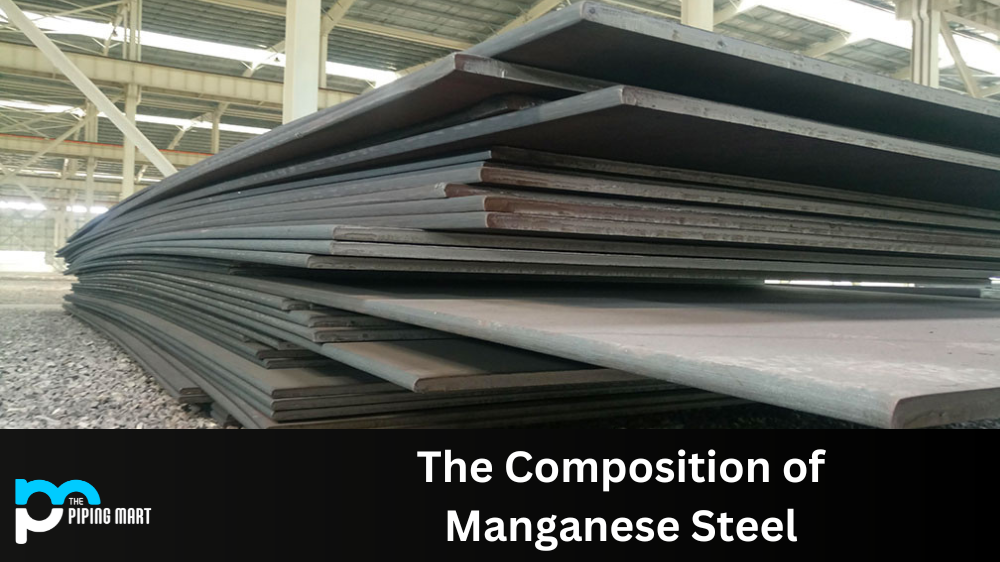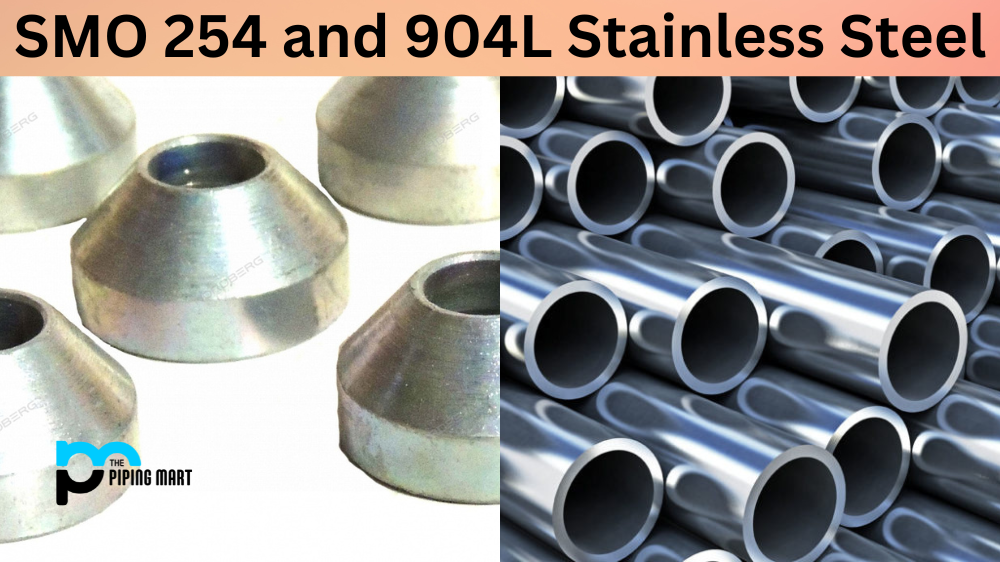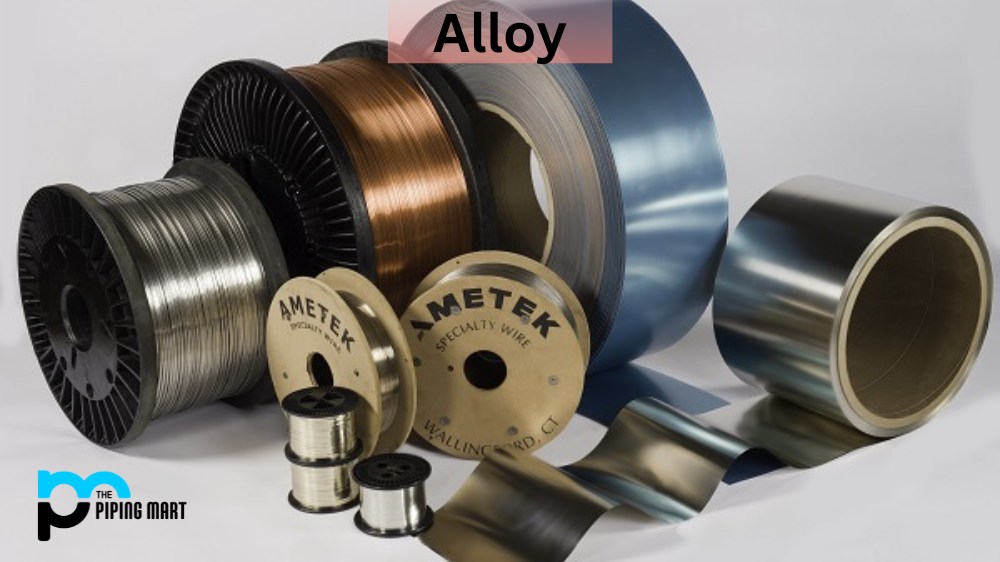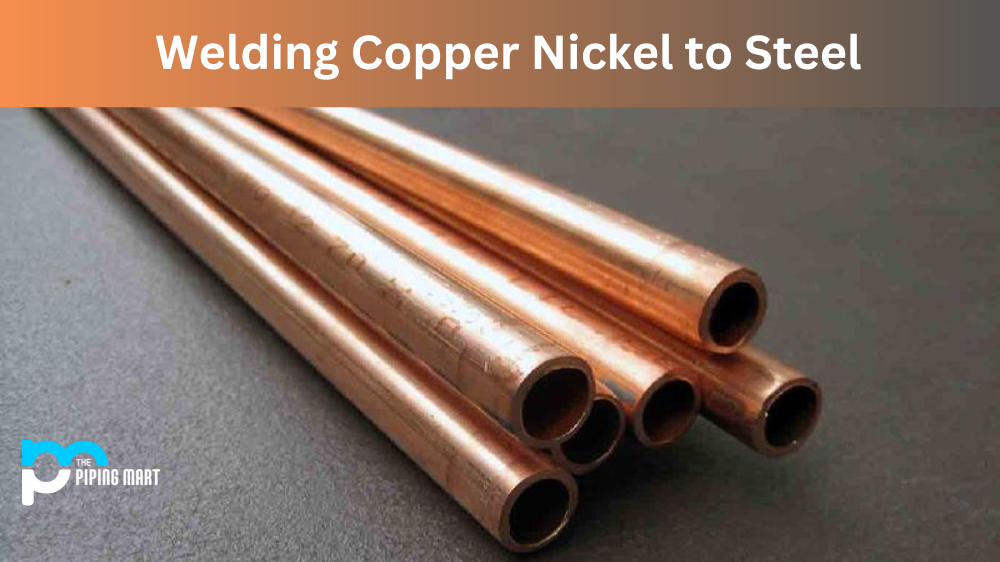Manganese steel, or Hadfield steel or mangalloy, is an alloy containing iron, carbon, and around 11-14% manganese. This alloy is one of the most dependable and versatile steels available on the market today. Its unique composition gives it a wide range of uses in various industries. Let’s explore why this alloy stands out from other types of steel.
Manganese Steel Composition
Manganese steel’s chemical composition contains 11-14% manganese. It has an incredibly high tensile strength, allowing it to be used as armor plating to protect against high-velocity impacts. Manganese steel also resists heat, and maintains its elasticity in temperatures up to 1130°C, making them perfect for applications like spark plug electrode coatings where resistance to spark erosion is the goal. When used in this manner, manganese steel can be a superior alternative to other metal alloys.
Manganese Steel Properties
Manganese steel has excellent impact resistance due to its high hardness and ductility. It can withstand high temperatures without deforming or melting, making it ideal for use in the automotive industry. Its high wear resistance makes it perfect for applications where components are subjected to friction and abrasion. This includes mining equipment, heavy machinery parts, and road construction tools like bulldozers and excavators.
The combination of manganese and carbon in manganese steel helps make it resistant to corrosion and oxidation – two of the major enemies of steel. As a result, this alloy can be used in environments where other steels would corrode quickly or fail altogether. The chemical composition also gives it superior toughness compared to different types of steel alloys – making it even more suitable for tough applications like shipbuilding and offshore drilling platforms.
Due to its good machinability, manganese steel can be easily cut using standard cutting tools – allowing businesses to save time during the production process while still getting reliable results every time. It’s also easy to weld and form into complex shapes if needed – making it even more flexible than other steels in certain cases.
Manganese Steel is extremely hard
Manganese steel is an alloy that contains 12-14% manganese. This alloy is known for its high hardness and toughness. The high manganese content makes the steel extremely hard, but it also makes it more brittle.
Manganese Steel is wear resistant
The high hardness of manganese steel makes it ideal for applications where wear resistance is important. The steel is often used in mining and construction applications where it is subjected to a lot of wear and tear.
Manganese Steel is corrosion resistant
Manganese steel is also relatively corrosion resistant. This property makes it suitable for use in many different environments, including those that are exposed to salt water or chemicals.
Manganese Steel has a low melting point
One of the drawbacks of manganese steel is that it has a relatively low melting point. This means that the steel can lose its strength at high temperatures, making it unsuitable for some applications.
Manganese Steel is difficult to weld
Another drawback of manganese steel is that it is difficult to weld. This property can make it difficult to repair or modify manganese steel products.
Magnetic Properties of Manganese Steel
Mangalloy is a special non-magnetic steel that has extreme anti-wear properties. Although manganese steel ensures hardening characteristics for wear and tear, it is non-magnetic, making it perfect to be used in industrial lifting magnets and electrical transformer modules.
Manganese Steel Uses
Manganese steel is used for very durable service; it comprises 11–14 percent manganese, offering a smooth, wear-resistant, and self-renewing surface over a sturdy, unbreakable heart. Manganese Steel has self-hardening properties as a consequence of which tractors, cement mixers, rock crushers, elevators and shovel containers, as well as in the rail industry (switches and crossings) and other high-impact conditions have been used for a long time in the mining industry.
Until recently, manganese steel was used in jail window frames, because it helps quick labor to eat the hacksaw blades of possible escapees. Steel is presently widely used in safes, bulletproof cabinets and anti-drill covers.
Does Manganese Steel Rust?
While both steels and low-alloy steels rust in humid conditions, an improvement in manganese steel has a beneficial impact on corrosion resistance, in part due to the adsorption of manganese ions.
How to Cut Manganese Steel
Most of the mangalloy’s uses are sometimes restricted due to its machining difficulty; sometimes perceived as “zero machinability.” Manganese steel cannot be softened by annealing, and is easily hardened by undercutting and grinding which typically requires special machine tools.
With diamonds or carbides, manganese steel can be drilled to extreme difficulty. Even though it can be forged from yellow heat it may crumble if it is hammered when white-hot and is much harder than carbon steel when it is heated. It can be cut with an oxyacetylene torch but the preferred method is plasma or laser cutting.
Conclusion
The unique composition of manganese steel makes it a popular choice for many industries that need durable components to withstand harsh conditions. Its ability to resist corrosion, oxidation, abrasion, high temperatures and impacts makes it an invaluable asset for businesses looking for reliable materials for their projects. With the right tools and knowledge on how best to utilize its properties, manganese steel can help unlock new possibilities that wouldn’t have been possible with more traditional materials—making it one of the most dependable steels available today!

Abhishek is a seasoned blogger and industry expert, sharing his insights and knowledge on various topics. With his research, Abhishek offers valuable insights and tips for professionals and enthusiasts. Follow him for expert advice on the latest trends and developments in the metal industry.




